Toll-Free in Australia:
1800 106 210
International+65 6415 5353

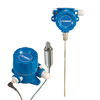 Wireless Transmitters
Wireless Transmitters
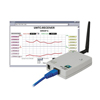 Wireless Receivers
Wireless Receivers
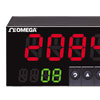 Wireless Controllers
Wireless Controllers
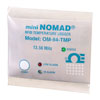 Wireless Data Loggers
Wireless Data Loggers
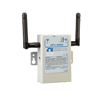 Transceivers
Transceivers

↓ View this page in another language or region ↓
 Sensores sem Fio
Sensores sem Fio
 Senseurs Sans Fil
Senseurs Sans Fil
 Sensores Inalámbricos
Sensores Inalámbricos
 Sensores Inalámbricos
Sensores Inalámbricos
 Wireless Sensors
Wireless Sensors
 Trådløse Sensorer og Transmittere
Trådløse Sensorer og Transmittere
 Capteurs et Transmetteurs Sans Fil
Capteurs et Transmetteurs Sans Fil
 Drahtlose Sensoren
Drahtlose Sensoren
 Trasmettitori e Sensori Portatili
Trasmettitori e Sensori Portatili
 Wireless Sensors
Wireless Sensors
 Sensores Inalámbricos y Transmisores
Sensores Inalámbricos y Transmisores
 Wireless Sensors
Wireless Sensors
 Wireless Sensors
Wireless Sensors
 Wireless Sensors
Wireless Sensors
 무선센서
무선센서
 Wireless Sensors
Wireless Sensors
 Wireless Sensors
Wireless Sensors
 Wireless Sensors
Wireless Sensors
 Wireless Sensors
Wireless Sensors
 Wireless Sensors
Wireless Sensors